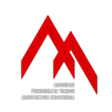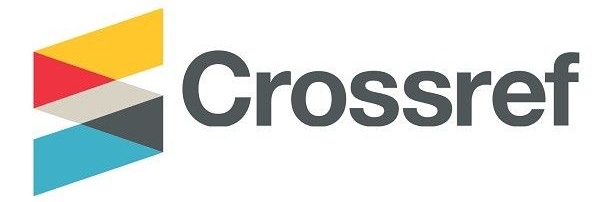Strategi Penataan Permukiman Nelayan Keberlanjutan di Tepi Sungai Kaliyasa
DOI:
https://doi.org/10.21776/ub.ruas.2022.020.01.1Keywords:
Kaliyasa, sustainable, waterfornt, fisherman settlementAbstract
The Kaliyasa River is a vital means for fishermen, especially traditional fishermen who live around the river. Since the construction of the Cilacap Fishing Port, many migrants started to settle and overtime the population crowded the area uncontrollably and marginalized. This study focused on the strategy of reorganizing fishermen’s settlements with a sustainable development and waterfront development approach as well as the regulation of PERMEN no. 28 of 2015, Descriptive-qualitative method has being used to explain the conditions in the study area, The data collection using desk study and field study methods, from the findings confirmed by the theory of waterfront and sustainable development in order to obtain the right reorganizing strategy. The result of this research is a settlement reorganizing strategy that applies the principle of waterfront development. This principle is applied through social aspects by creating open public spaces, piers placement, and public counseling about river border regulations. Environmental aspects with the arrangement of trash bins on the banks of the river as well as the establishment of waste management institution, management of green open spaces, and solution for illegal buildings in river bank areas. Economic aspects by improving dock infrastructure to support fishing activities, as well as reorganizing marine product trade zone. The preservation aspect aims to preserve the identity of the Kaliyasa river as water transportation route and fishermen's settlements.
References
Darmawan, Edy. 2005. Analisa Ruang Publik Arsitektur Kota. Semarang:Badan Penerbit Universitas Diponegoro.
Zuhdi, Susanto. 2002. Bangkit dan Runtuhnya Suatu Pelabuhan di Jawa. Jakarta : Kepustakaan Populer Gramedia.
Chizindu, S-W., Uchena, Paul, et.al. An Analysis of Waterfront Development Strategy : As an Analogy of Self-sustaining and Economically Viable City, Toronto, Canada. International Journal of Innovative Research & Development, 9(11), 113-124.
Kusumawanto, Arif., & Astuti. Z. B. Green Urban Waterfront Management Case of Solo, Indonesia. Architecture & Environment, 13(2), 175-194.
Permana, A. S., & Astuti, Winny, et.al. Waterfront Development Concept in Indonesia from the Perspective of Urban Planning and Environmental Sustainability. International Journal Of Built Environment & Sustainability, 4(3), 146-155.
Rejeki, VG Sri. Evaluasi Nilai Watefront pada Ruang Tepi Sungai di Tengah Kota Kasus Kota Semarang. Jurnal Litbang Provinsi Jawa Tengah, 3(2), 113-121.
Santri, Tyas. Pengembangan Permukiman Nelayan Kingking dan Karangsari Tuban Melalui Pendekatan Urban Assemblage. Jurnal RUAS, 18(2), 12-23.
Setiadi, Amos. Strategi Implementasi Konsep waterfront city kota Kupang. ARTEKS : Jurnal Teknik Arsitektur, 3(1), 1-10.
Suardi. Problematika Penerapan Prinsip Sustainable Development dalam Pengelolaan Lingkungan Hidup dan Implikasinya Terhadap Pemenuhan Ham. Fiat Justisia : Jurnal Ilmu Hukum, 8(4), 614-628.
Vidiyanti, Christy. (2014, November). Sustainable Waterfront Development sebagai Strategi Penataan Kembali Kawasan Bantaran Sungai. Temu Ilmiah IPLBI (Tl2014, F , p.007012).
Downloads
Published
How to Cite
Issue
Section
License
Authors who publish with this journal agree to the following terms:
- Authors retain copyright and grant the journal right of first publication with the work simultaneously licensed under a Creative Commons Attribution License that allows others to share the work with an acknowledgement of the work's authorship and initial publication in this journal.
- Authors are able to enter into separate, additional contractual arrangements for the non-exclusive distribution of the journal's published version of the work (e.g., post it to an institutional repository or publish it in a book), with an acknowledgement of its initial publication in this journal.
- Authors are permitted and encouraged to post their work online (e.g., in institutional repositories or on their website) prior to and during the submission process, as it can lead to productive exchanges, as well as earlier and greater citation of published work (See The Effect of Open Access).












